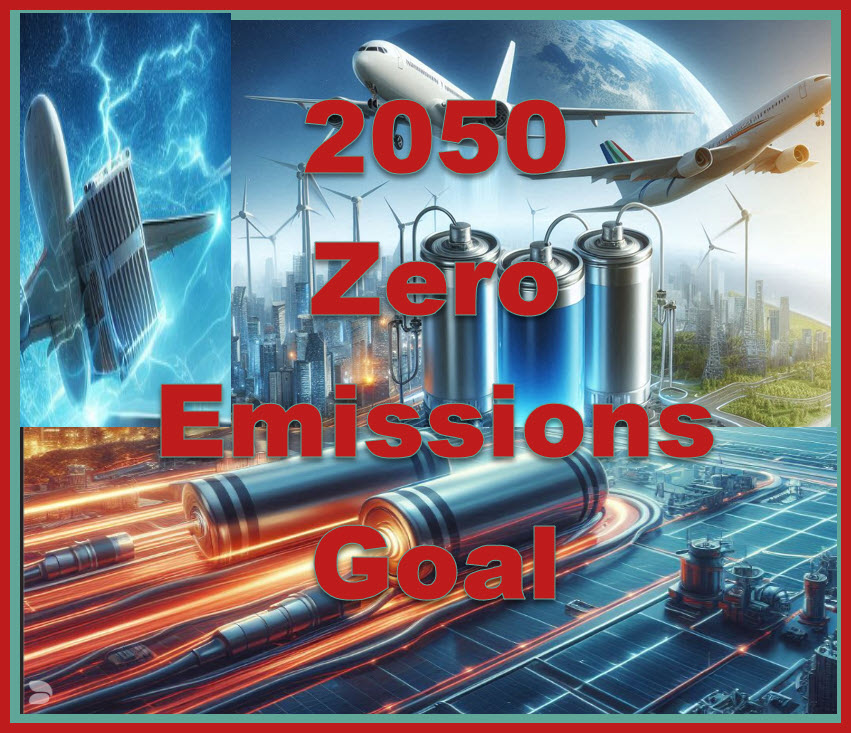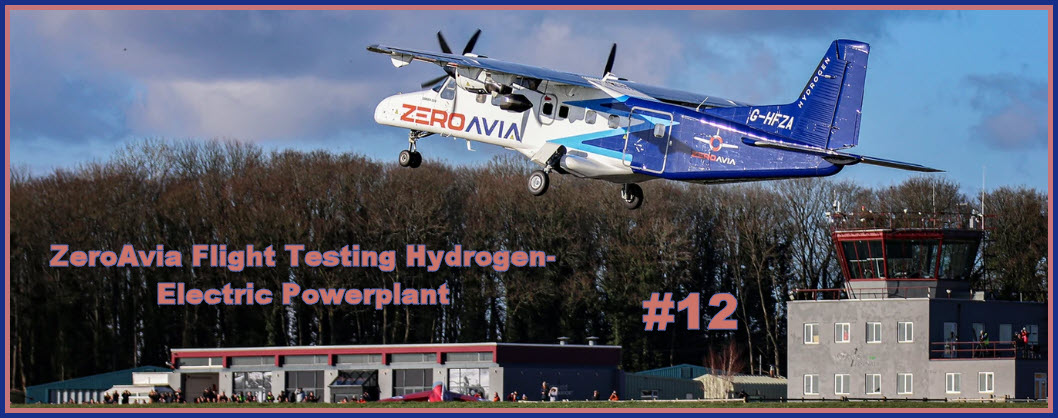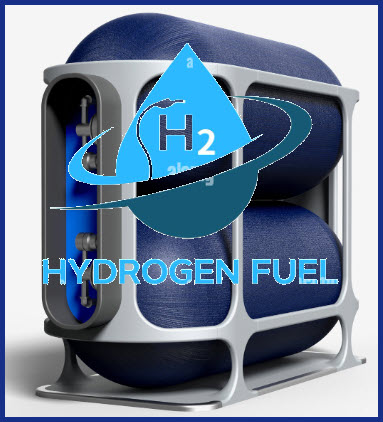Conflicting Developments in the Hydrogen Aviation Power Race

Green aviation innovation is being driven by the global goal of ZERO CARBON EMISSIONS by 2050. For 100 years flight has benefitted from advances in safety and much of that progress has derived from extensions of known elements of this business—improved powerplants, incorporating new materials, breakthroughs in navigation, research in lifting bodies and a myriad of other improvements to what was known. UASs and eVTOLs, while drastically different from the past, involved novel application of historic systems.
Not so with developing energy sources that do not use carbon fuels to power the aircraft. Identifying green sources to propel is a RADICAL DIVERSION. SUSTAINABLE AVIATION FUELS has some ties to the past but the stock to make these liquids explores new arenas of growing, refining and distribution. Aviation has used LITHIUM ION BATTERIES but to a very limited extent. To power an airliner, the number of such cells enters a sphere fraught with technical, safety and financial risks.
So, too, with HYDROGEN Batteries—safety risks, major capital demands, research and development requiring substantial cash and perhaps the most disruptive distribution change. Recently, two separate reports have shown preliminary, but conflicting reports. The answers to the unknowns are not resolved:
- ZeroAvia has made sufficient promising progress that American Airlines has increased its investment in these Hydrogen Batteries’ development and placed an order for 100 of their new powerplants. American’s show of confidence is significant because the airline has other Green Investments.
- Almost simultaneously, Universal Hydrogen–with $100 Million in capital invested and spent—is terminating its business. It had had some success but could not sustain the venture using modular hydrogen cells.
There are many experts who are handicapping this race to the GREEN goal. These two outcomes do not provide any answers to the pursuit of this Environmental goal. The FAA has limited human and technical resources needed to determine the airworthiness of these new energy sources and/or powerplants. It is helpful for the applicant to include someone who has been down this regulatory trail before.

XXXXXXXXXXXXXXXXX

AMERICAN AIRLINE[S] entered into a conditional purchase agreement with ZEROAVIA for 100 hydrogen-electric engines intended to power regional jet aircraft with zero inflight emissions save for water vapor. (Earlier post.)
In addition, American has increased its investment in ZeroAvia. American made its first investment in ZeroAvia in 2022 and has also now participated in the company’s Series C financing round. The engine agreement follows the Memorandum of Understanding the companies announced in 2022.
ZeroAvia is developing hydrogen-electric (fuel cell-powered) engines for commercial aircraft, which offer the potential for close to zero inflight emissions. The company is flight testing a prototype for a 20-seat plane and designing an engine for larger aircraft such as the Bombardier CRJ700, which American operates on certain regional routes.

The investment and conditional commitment to purchase novel engine technology contributes to American’s goal to achieve net-zero greenhouse gas emissions by 2050. American now has the youngest mainline fleet of any major US network carrier. American has made industry-leading investments in sustainability, including finalizing an offtake agreement with INFINIUM, a producer of next-generation low-carbon sustainable aviation fuel, and becoming the first customer of GRAPHYTE’s innovative and permanent carbon removal process.

ZeroAvia has submitted its first powertrain (ZA-600) for up to 20 seat planes for CERTIFICATION with a target of the end of 2025 and is working on a larger powertrain for 40–80 seat aircraft by 2027 (ZA-2000).
The ZA600 is a 500 to 750 kW continuous hydrogen-electric powertrain for fixed-wing platforms, fueled by gaseous hydrogen. The ZA-2000 is a 2-5MW modular hydrogen-electric powertrain, is fueled by liquid hydrogen tanks and is projected to be capable of carrying passengers up to 1000 NM.
Founded in California and now with thriving teams in Everett, WA and the United Kingdom, ZeroAvia has secured experimental certificates to test its engines in three separate testbed aircraft with the FAA and CAA and passed significant flight test milestones.

The company has signed a number of key engineering partnerships with major aircraft OEMs and has nearly 2,000 pre-orders for engines from a number of the major global airlines, with future revenue potential of more than $10 billion.
XXXXXXXXXXXXX
By
–

UNIVERSAL HYDROGEN, which was trying to develop workable systems to power aircraft with hydrogen, has folded after burning through about $100 MILLION in investor capital. The Seattle Times is reporting the company sent a memo to shareholders on Thursday saying there was no way forward for the startup. “We were unable to secure sufficient equity or debt financing to continue operations and similarly were unable to secure an actionable offer for a sale of the business or similar strategic exit transaction,” the Times quoted the memo from CEO Mark Cousin.
The company did have some breakthroughs. It configured a Dash-8 so that one engine ran on hydrogen and the other ran on Jet A, and it flew once in 2023 with considerable fanfare. Getting airborne was just one challenge, however. HYDROGEN, while environmentally benign when burning, is difficult to handle and store and needs large amounts of electricity to produce. Universal was working on modular fuel storage cells and sourcing hydrogen from green sources. Cousin said he hopes the strides made by Universal will inform future efforts. “We are deeply proud of the work the team has done to create the first commercially viable hydrogen aviation ecosystem,” Cousins wrote. “It is our sincere hope that these efforts will live on as part of a future entity.”

XXXXXXXXXXXXXXXXX